Baobab Adansonia Digitata
Baobab Adansonia digitata, commonly known as the baobab, is a large, iconic tree native to the African continent, particularly in sub-Saharan regions. It belongs to the Malvaceae family and is one of the most well-known species of the Adansonia genus.
Key Features:
-
Common Names: Baobab, African baobab, Monkey bread tree, Tree of life
-
Scientific Name: Adansonia digitata
-
Family: Malvaceae
-
Origin: Native to mainland Africa; also found in parts of Madagascar, the Arabian Peninsula, and introduced elsewhere.
Description of Baobab Adansonia Digitata:
-
Size: Can grow up to 25 meters tall and 10 meters in diameter.
-
Trunk: Massive, bottle-shaped, capable of storing thousands of liters of water to survive drought.
-
Leaves: Palmately compound with 5 to 7 leaflets .
-
Flowers: Large, white, and fragrant, usually pollinated by bats.
-
Fruit: Large, woody capsule containing a dry, powdery pulp and seeds; rich in vitamin C and used in traditional medicine and food.
Ecological and Cultural Importance:
-
Known as the “Tree of Life” for its ability to store water, provide food, shelter, and medicine.
-
The fruit pulp, leaves, and seeds are edible and have numerous nutritional and medicinal benefits.
-
Bark can be used to make rope, cloth, and paper.
Nutritional and Medicinal Uses from Baobab Adansonia Digitata:
-
Fruit pulp: Rich in vitamin C, calcium, potassium, and antioxidants.
-
Leaves: Used in soups and as a vegetable.
-
Seeds: Yield oil and can be used in cosmetics or roasted as food.
-
Used traditionally to treat fever, diarrhea, malaria, and inflammation.
Caring for Adansonia digitata (baobab tree) involves understanding its natural habitat ”dry, arid, tropical climates” and replicating those conditions as much as possible. Whether you are growing it in the ground or in a container, here are the key care guidelines:
Basic Care Requirements for Baobab Adansonia digitata
1. Light
-
Full sun is essential.
-
Needs at least 6/8 hours of direct sunlight daily.
-
If grown indoors or in a greenhouse, place near the brightest window or use a grow light.
2. Temperature
-
Thrives in hot, dry climates (ideally above 20°C / 68°F).
-
Frost-sensitive it cannot survive freezing temperatures. Protect or bring indoors if temperatures drop below 5°C / 41°F.
3. Soil
-
Well-draining soil is a must sandy or loamy soil is ideal.
-
Avoid water-retentive or clay soils.
-
A cactus or succulent mix works well in pots.
4. Watering for Baobab Adansonia Digitata
-
Baobabs are drought-tolerant. Water sparingly.
-
During the growing season (spring/summer): water only when soil is dry.
-
During dormancy (fall/winter): drastically reduce watering once a month or not at all, depending on the climate.
5. Fertilization for Baobab Adansonia Digitata
-
Light feeders.
-
During growing season, apply a balanced, diluted fertilizer (e.g., 10-10-10) once a month.
-
Do not fertilize during the dormant season.
6. Container Growing for Baobab Adansonia Digitata
-
Can be grown as a bonsai or container plant.
-
Choose a pot with good drainage.
-
Repot every 2-3 years as it grows.
7. Dormancy period for Baobab Adansonia Digitata
-
Baobabs are deciduous and will lose their leaves in the dry or cold season.
-
This is normal. Do not overwater during this time.
8. Pruning
-
Minimal pruning is needed.
-
Can be pruned to control shape or remove dead growth.
-
For bonsai, regular shaping may be necessary.
9. Pests/Diseases
-
Generally pest-resistant.
-
Watch for mealybugs or spider mites if indoors.
-
Root rot can occur from overwatering.

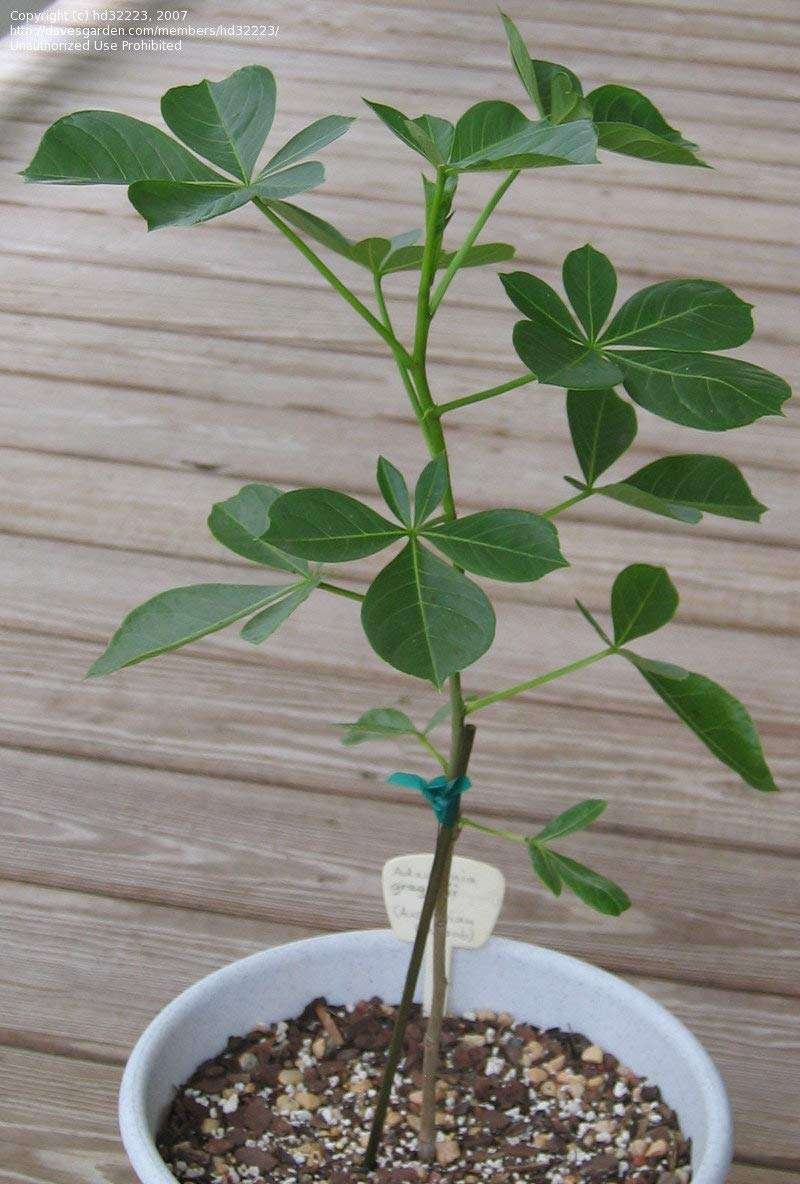

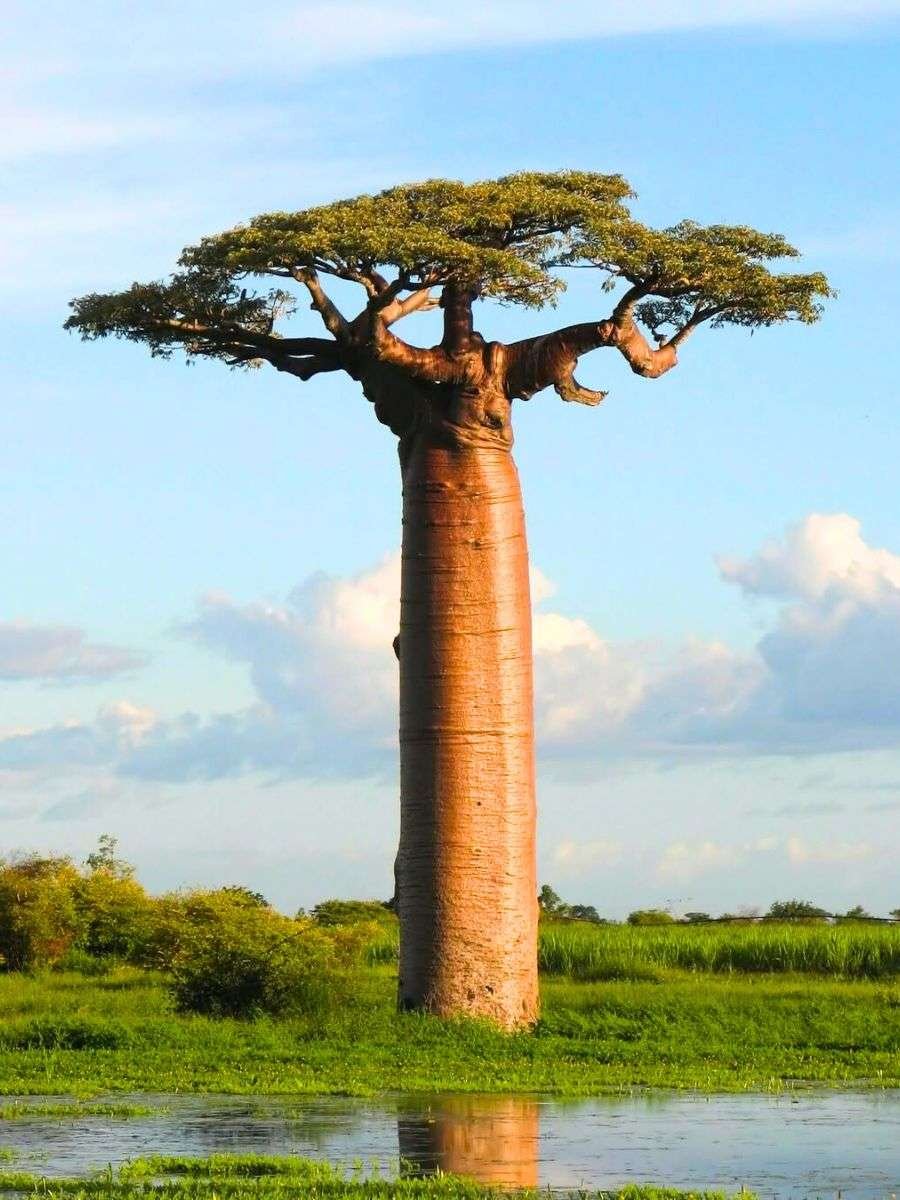
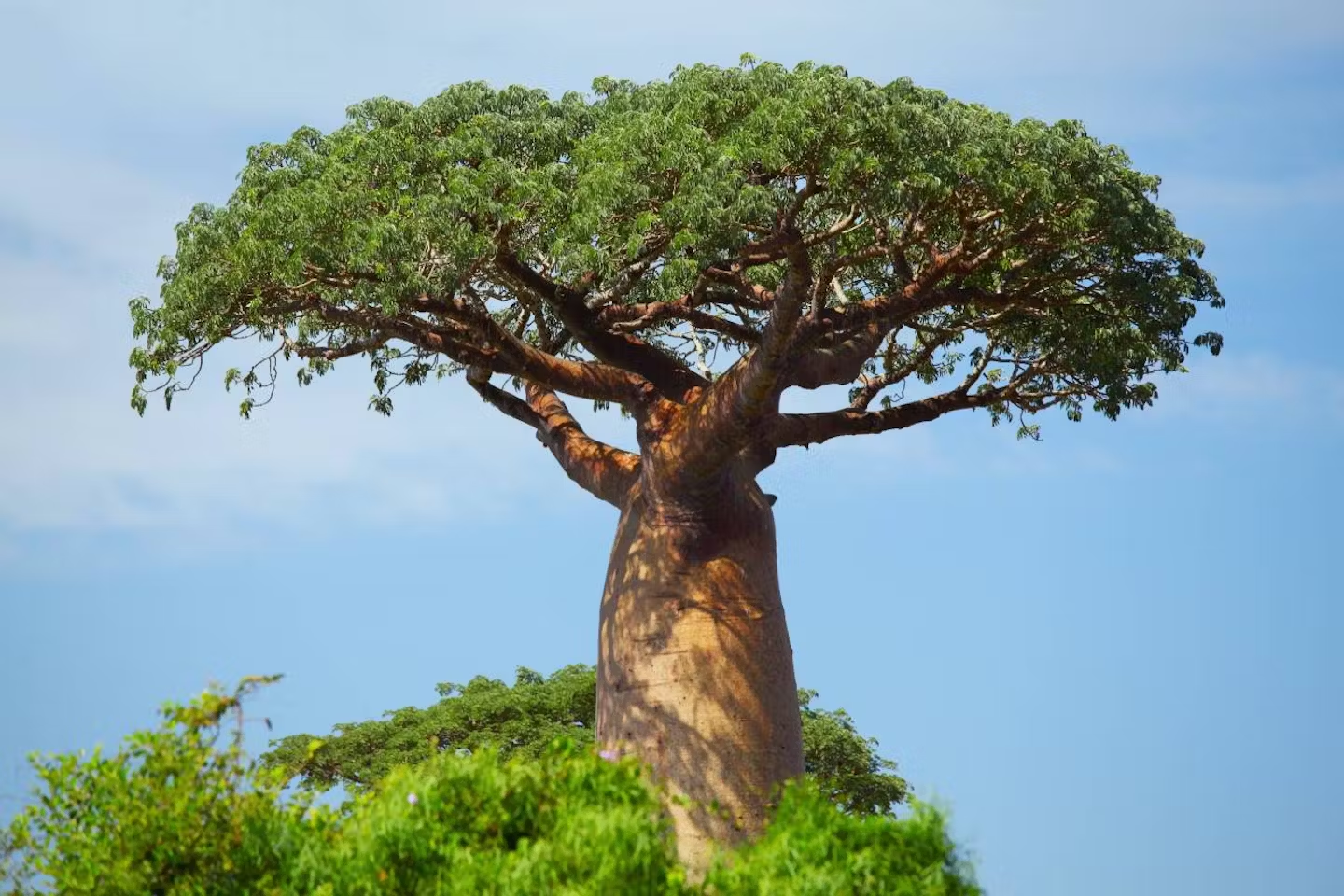
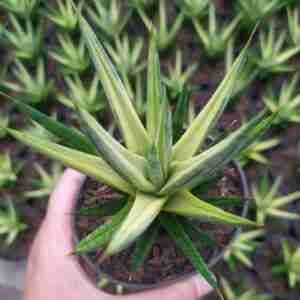
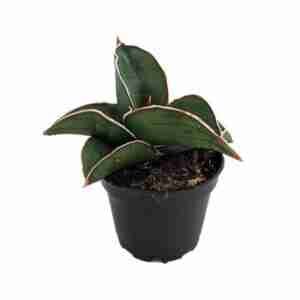
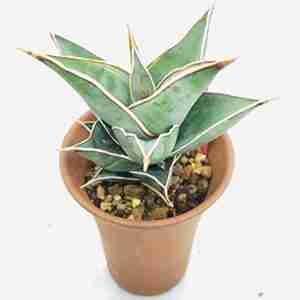

Reviews
There are no reviews yet.